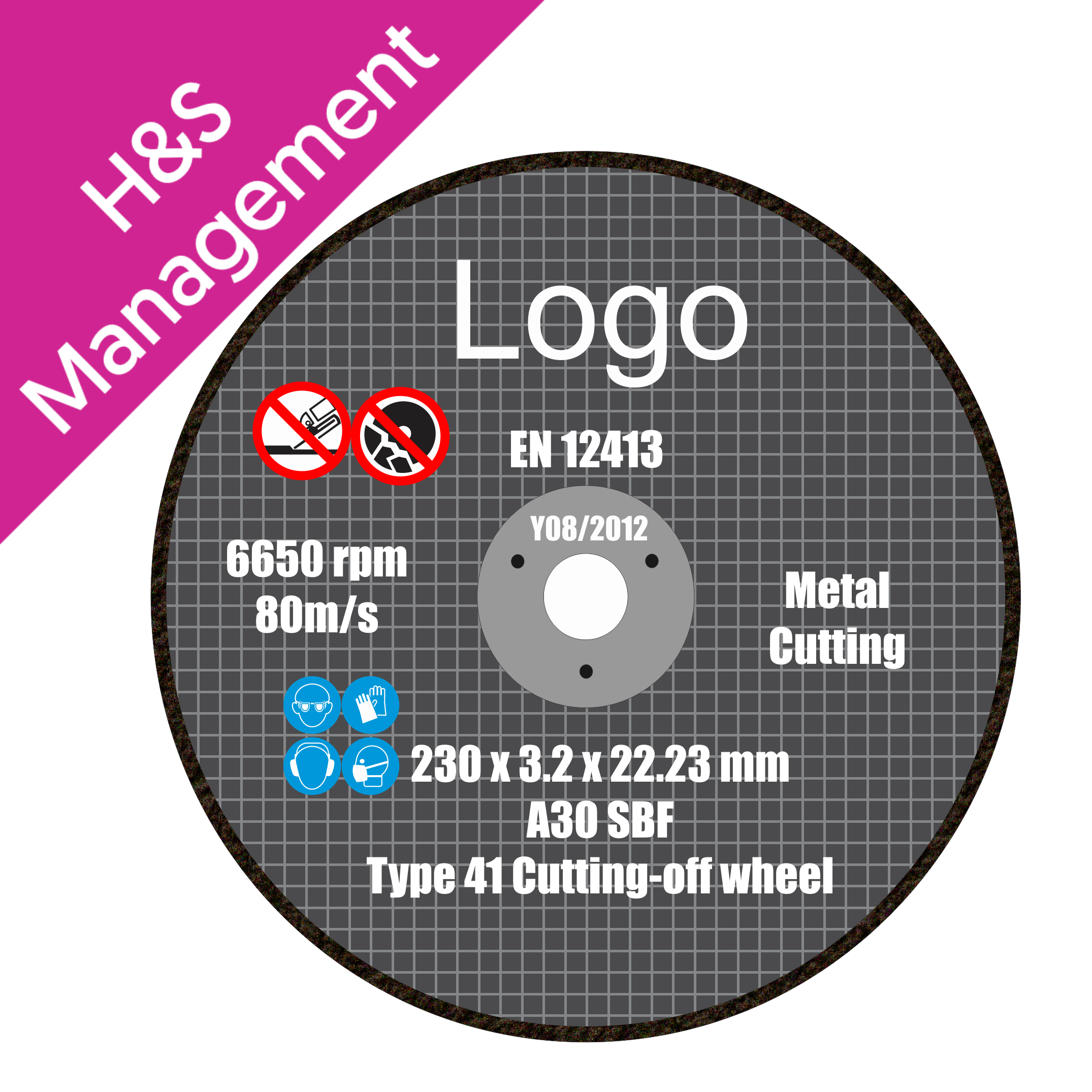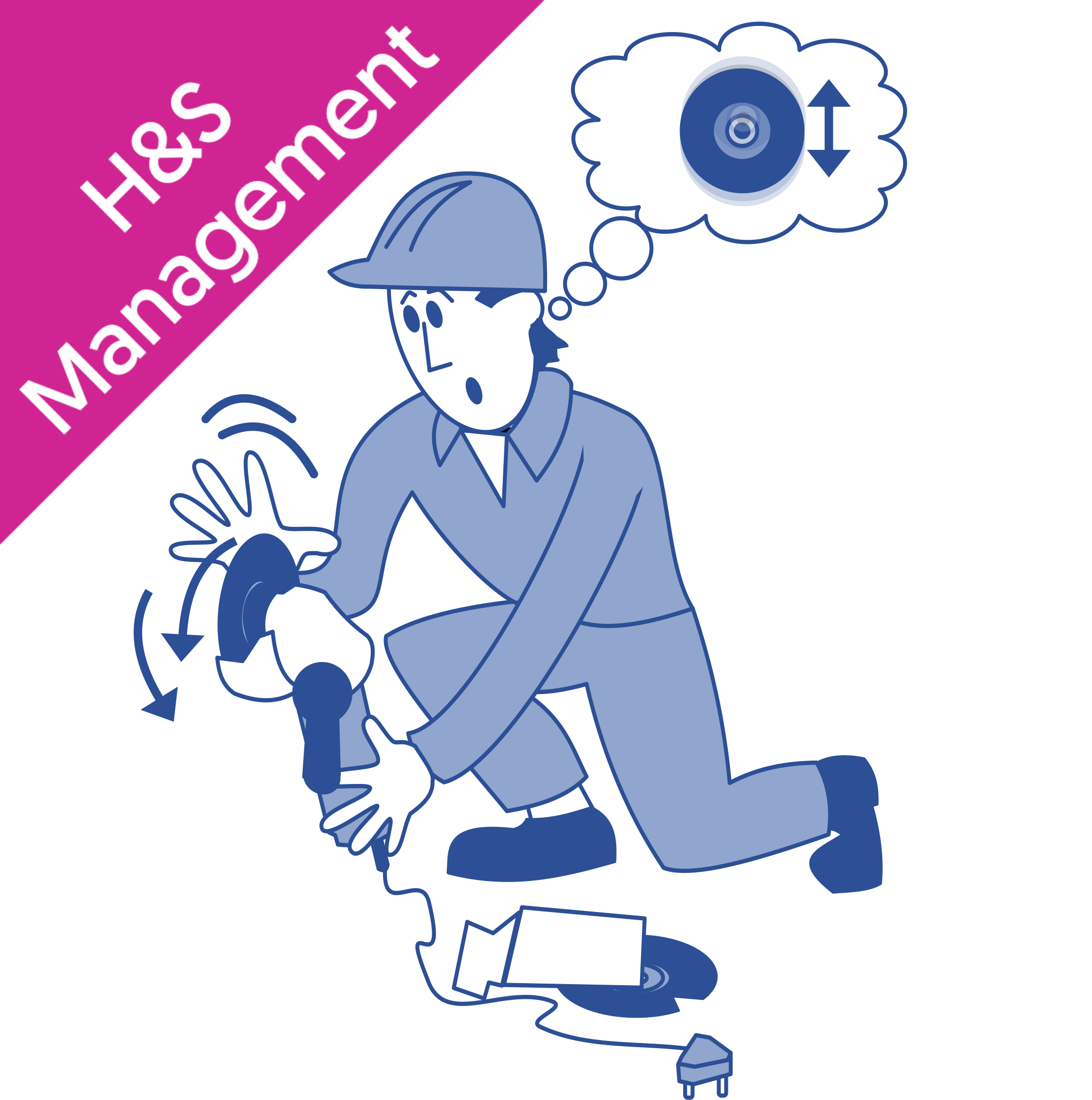Abrasive wheels, or grinding wheels, are wheels, cups or cones consisting of bonded abrasive particles.
There are a large number of aspects of an abrasive wheel that can be changed, including its shape, the size and material of its particles, and the substance used to bond the particles together. This means that there are a wide range of different types of abrasive wheel available in the UK, with each type being suitable for a different set of tasks.
In this article, we will look at some of the most common types of grinding wheel in the UK, and the tasks that they are suitable for.
Types of grinding machine
Before looking at grinding wheels, it is essential to understand what some of the most commonly used grinding machines are and what they are used for:
- Angle grinders
- Belt grinders
- Bench grinders
- Cylindrical grinders
- Jig grinders
- Surface grinders
- Tool and cutter grinders
Angle grinders
Angle grinders, often referred to as side grinders or disc grinders, are handheld tools used to cut or polish materials. They are commonly used on construction sites because their portable nature makes them suitable for completing large or fixed structures operations.
Belt grinders
A belt grinder features a belt coated in an abrasive material that is run over the surface of another material. It is typically used to finish or polish metals.
Bench grinders
Bench grinders are mounted to a tabletop and feature two different abrasive wheels on each side. They are often used in roughing or finishing operations but can also be used to sharpen or grind tools.
Cylindrical grinders
Cylindrical grinders are used to shape the exterior of objects with a central axis of rotation, such as precision rods, tubes, and bearing races.
Jig grinders
Jig grinders are machines used to grind holes and complex shapes. They are very precise machines, which means they can grind with a high degree of accuracy.
Surface grinders
Surface grinders are typically used to finish surfaces or remove large amounts of material from them.
Tool and cutter grinders
Tool and cutter grinders are used to sharpen tool bits, milling cutters, and a range of other specialised tools.
Types of abrasive wheel
There are several common forms of abrasive wheel:
- Straight wheels
- Cylinder wheels
- Tapered wheels
- Straight cup wheels
- Dish wheels
- Saucer wheels
Straight wheel (Type 1)
Straight wheels are very common and can perform a wide range of grinding operations. They are flat on both sides with a small hole in the centre and are usually found on bench grinders.
Cylinder wheels (Type 2)
Cylinder wheels sit on an extended central surface and are mainly used in horizontal or vertical spindle grinders to produce flat surfaces.
Tapered wheels (Type 4)
Tapered wheels are similar to straight wheels but slightly wider at the centre than at the edges. They are typically used to grind thread or gear teeth.
Straight cup (Type 6)
Straight cup wheels feature a straight raised section around the edge of the wheel and are mainly used in cutter grinders.
Dish wheel (Type 12)
Dish wheels have a flat centre and point outwards towards their edge. It is often used for jig grinding and cutter grinding, but its shape also makes it useful for cutting small crevices and slots.
Saucer wheel (Type 13)
Saucer wheels are a flatter version of the dish wheel. They are used for grinding twist drills and milling cutters.
Images of each of these wheels can be viewed on the Health and Safety Executive website.
Many safety risks are associated with using an abrasive wheel, such as wheel breakage, so anyone who uses one must be appropriately trained. At Commodious, we offer an abrasive wheels safety awareness training course that explores the risks associated with abrasive wheels and how to use them safely, including providing information on the protective equipment that may be required. This abrasive wheels course can be viewed using the link below:




